What Is Windows Memory Management?
Memory Management is responsible for maintaining the windows 10 memory. It ensures your OS remains effective and fast and continues to work without any glitch. The memory management deploys memory blocks to ensure the application runs in Windows. Moreover, it tracks the possible and existing memory locations in the system and maintains the performance of your RAM. Thus easy, it decides how to effectively optimize memory allocation for each program and ensure the windows run faster without any error.
The Memory Management Blue Screen Error
In case memory management fails to work properly, the whole procedure of the windows fails in an instant. During the failure of memory management, the rogue processes consume all the memory left in your RAM. Hence, the system becomes vulnerable and crashes. The BSOD is the visible result of the crash or corrupt memory management. It disrupts the connection between device hardware and RAM, and the system cannot function or maintain the running apps. Here are the probable causes behind this error-
Corrupted files inside the system directory Faulty communication between the software and the hardware Corrupted or damaged RAM Damaged memory sticks Disk errors Virus Malware attack or firmware invasion Corrupted or expired graphics card Older version of Windows OS which is not compatible with the present applications
Fix the Win Stop Code Memory Management
Often the BSOD becomes a common occurrence for some users. It is a serious layoff and harps your workflow. Here are some solutions to fix this annoying error-
1. Restart Your Computer
The easiest way to fix this error is to restart the device. Often a simple restart can cure this problem. Hence, restart your device using the windows home button present on the keyboard. If that does not work, manually restart the device by using the power switch of your PC or laptop.
2. Update Windows 10
Often the cause is the outdated version of the window OS that you are using. Older versions often cause BSOD errors. If this is the case, you need to update it to the latest version.
First press, windows key+I. It will open the settings tab of your device. Next, navigate to the section “Update & Security.”
From here, go to the “Windows Update” section and check the update status. If your device needs an update, complete the update procedure.
After finishing the update, restart or reboot your device to fix this error.
3. Run Windows 10 Memory Diagnostic Tool
If you cannot find the cause of the frequent BSOD error, run the Windows 10 Memory Diagnostic tool. This tool will help you check the condition of your device’s RAM, and it will help you point out the error and troubleshooting.
First, open the Start menu to find the “Windows Memory Diagnostic.”
Your screen will display two options- restart immediately and set the utility/ run the utility.
Bit, your windows 10 will not display the log file after reboot.
If you need to investigate in this section, follow this method- Press windows key+X Next, open the power menu and find the “Event Viewer” menu
Here open the Event Viewer (Local) tab and from there, go to the windows Logs. After this, navigate to the systems tab. Navigate to the Find” tab on the right side and type “Memory Diagnostic” in the search box. After this, click on “Find Next.”
The windows will display all the related results of the diagnosis. From here, you can find out the errors and fix them as per your preference.
4. Run MemTest86
If you are unable to find the errors through Windows Memory Diagnostic, you can use this procedure. MemTest86 is one of the best tools to test your device memory, and it comes for free. First, you need to boot the memTest86 by using a bootable device like a CD-Drive USB flash drive, etc. Next, allow it to complete the examination of the RAM. If you have a larger RAM, it may take more time.
5. Update Your Drivers
The faulty and corrupted system drives also lead to frequent BSOD. It happens when the OS is not capable of the software or hardware of the newly installed Driver. Even though now Drive errors are not common due to the advanced mechanism of Windows 10, BSOD can happen on a few occasions. Here is a way to update the system drivers of your PC-
First, press the Windows key and I-key to open the Next, open the Update & Security tab.
From here, navigate to the “View update history.” This section will display all the information related to the driver updates.
In the search menu bar, type “Device manager” and often the respective result. Here you need to check the error symbol. If the section displays any error, you need to troubleshoot In case there is no error, your drivers are in perfect condition.
6. Update Your GPU Drivers
Often old or brand new GPU drivers lead to frequent blue screen errors. If the screen displays the error code”0X0000010E”, the GPU drivers require an update. You also need to check the validity of the graphics card driver. If it is an old one and is exhausted, try to replace it with a new one. If your GPU has enough graphics memory, you need to update it using the manufacturer’s website.
7. Run CHKDSK
If your device has corrupted files that cause BSOD, you can run CHKDSK from the command prompt to find the corrupt file systems.
First, press the windows key+X-key to open the “Command Prompt” directly Next, click on “Run as administrator.” After this, type “chkdsk/r and press the “Enter” key. It will start using the file systems to find any issue for troubleshooting.
8. Run SFC
Suppose you cannot solve the memory management error. In that case, you can also use SFC or system file check to find out the corrupted Windows files and it only scans the Windows systems files to find the possible errors.
First, open the Command prompt. Next, right-click and select “Run as administrator.” After this, type the following command “DISK/online/cleanup-image/restorehealth” and press the “Enter” key. The Command will initiate the screening procedure to check the files. It can take up to thirty minutes. After The scanning is complete, type “SFC/scannow” followed by the enter key.
9. Reseat Your System Hardware
Damaged system hardware also causes frequent BSOD errors. If you have recently relocated the PC, your hardware may have become damaged. Shut down your PC and check it. If the hardware looks damaged, change accordingly.
10. Reset Windows 10 (Last Resort)
If any of the following procedures do not work, you can use this method as a last-ditch attempt to fix the error all by yourself. Often the Windows OS itself becomes corrupt, which results in BSOD. Installing a new version of the OS can fix the problem. With a new OS, you will have fresh files which are not corrupted. Resetting the OS clears the memory management error while maintaining all the important files.
To do this, you need to open the “Settings” section. Next, open the “Update and Security” tab. From here, navigate to the “recovery” tab and click on the “Rest the windows” option. It will reset the windows instantly.
Conclusion
BSOD errors are pretty frustrating if they occur repeatedly. Faulty RAM, hardware problems, and others can be a cause of it. Here are a few probable solutions to the problem, and you can try each of these solutions to solve the error. Comment * Name * Email * Website
Δ



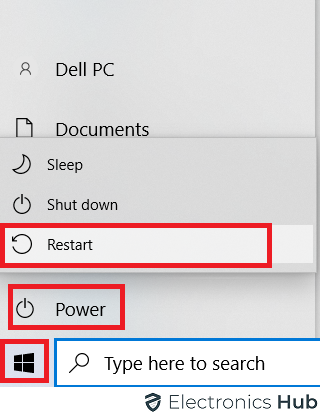

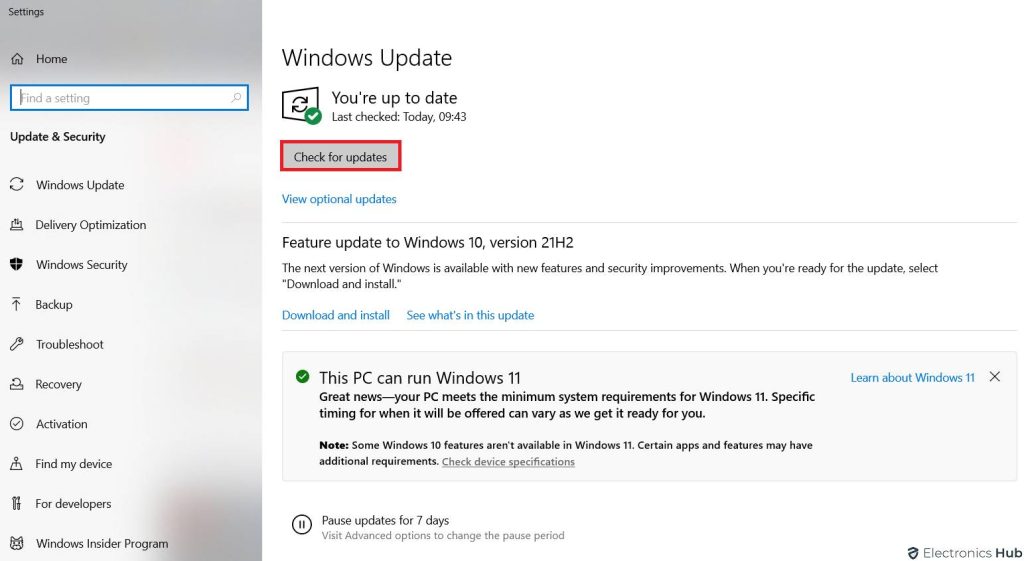
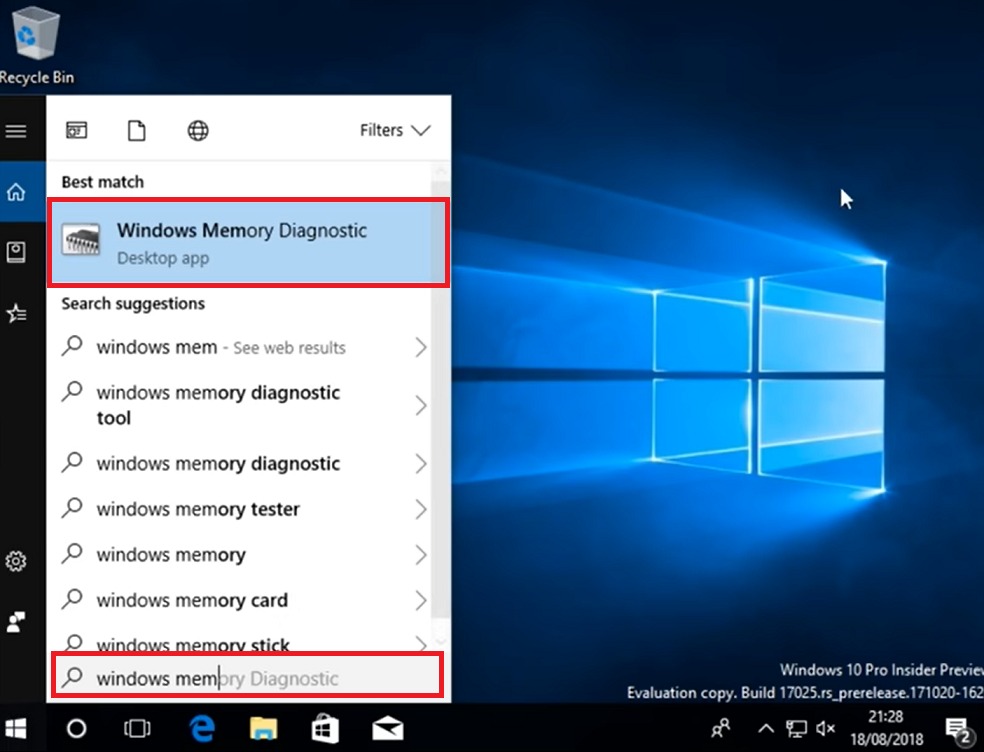
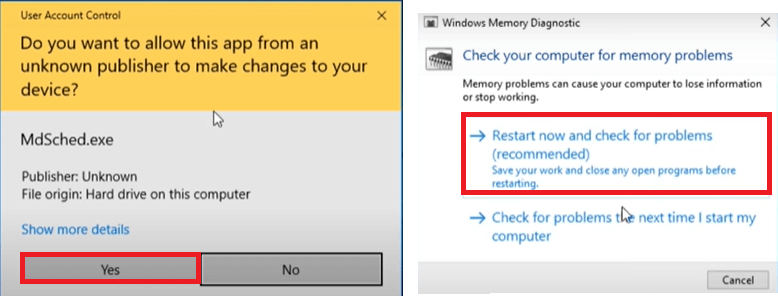
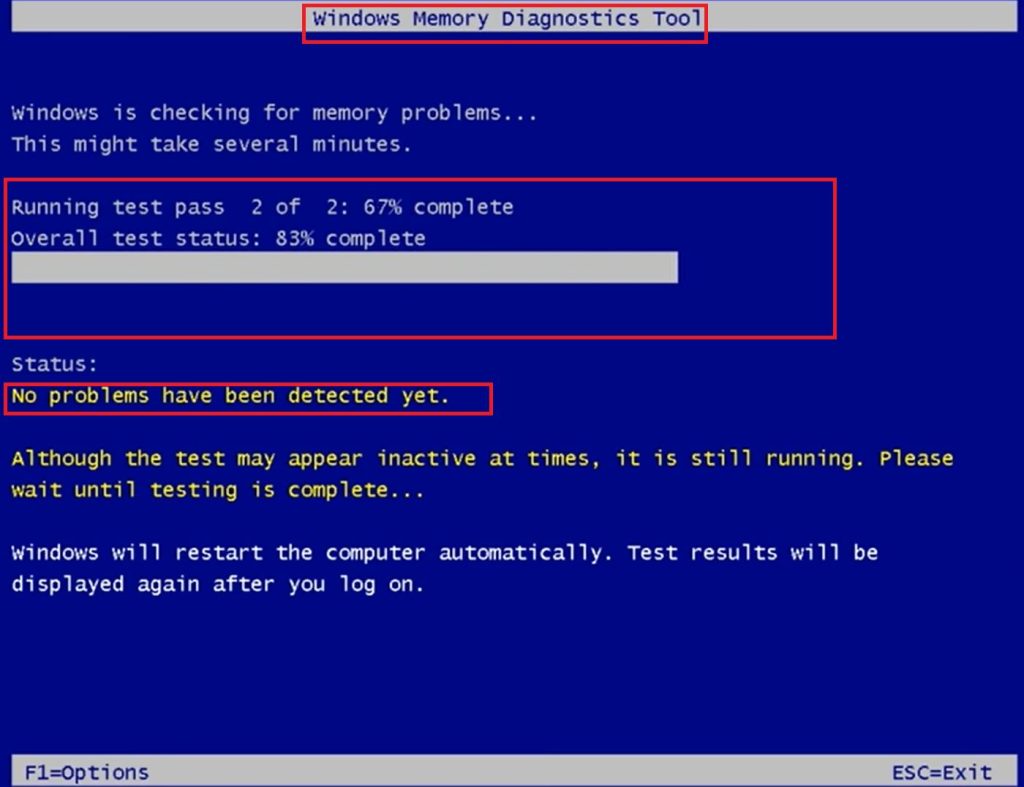
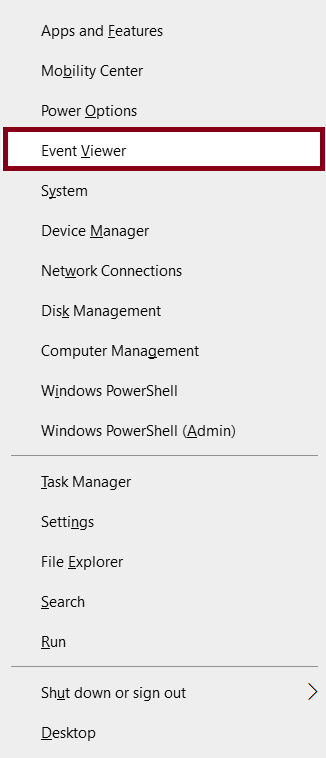
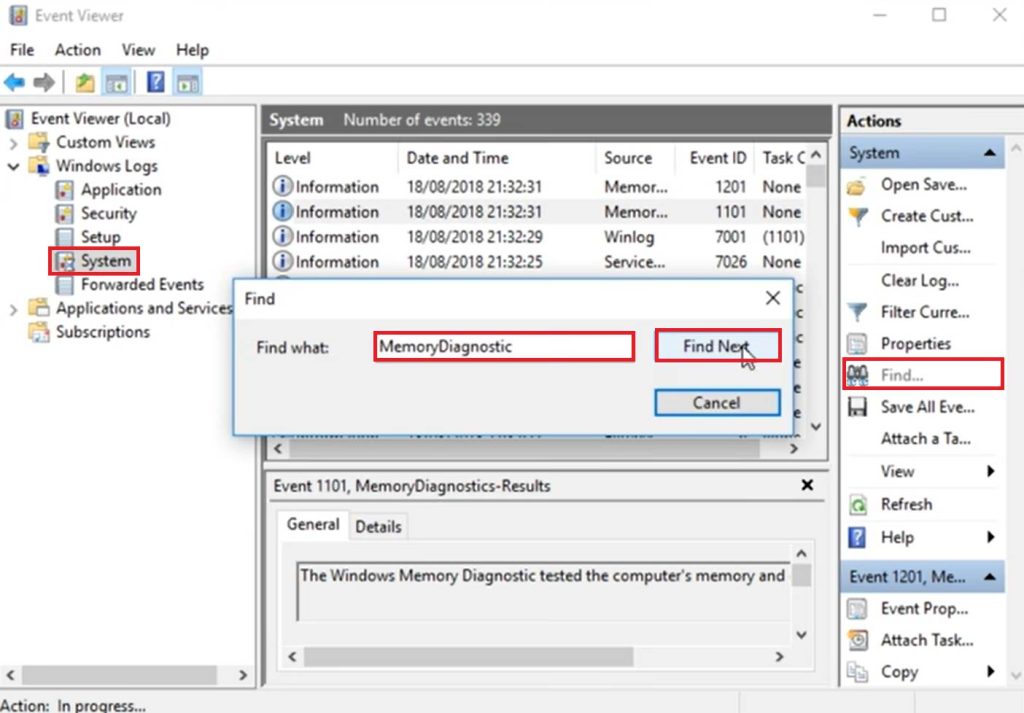
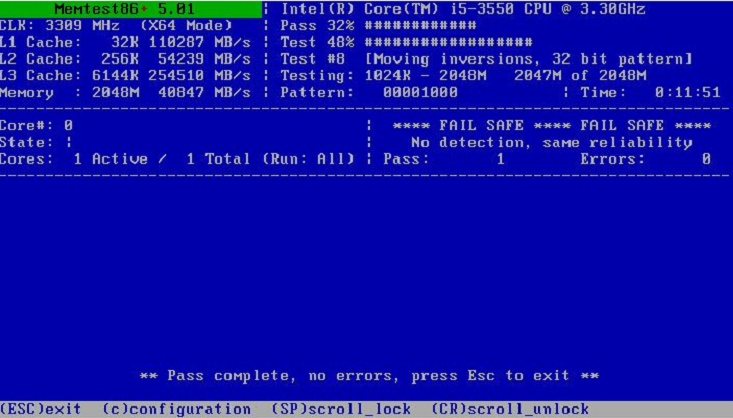


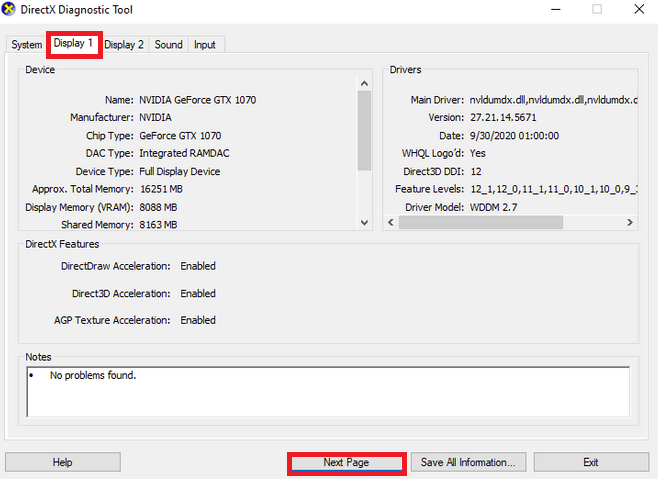
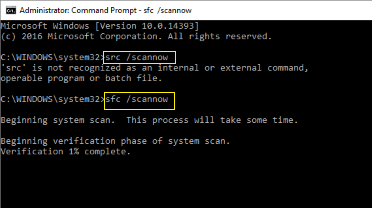
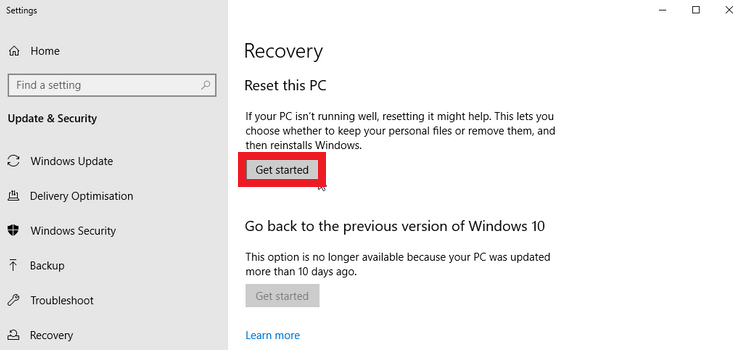


![]()